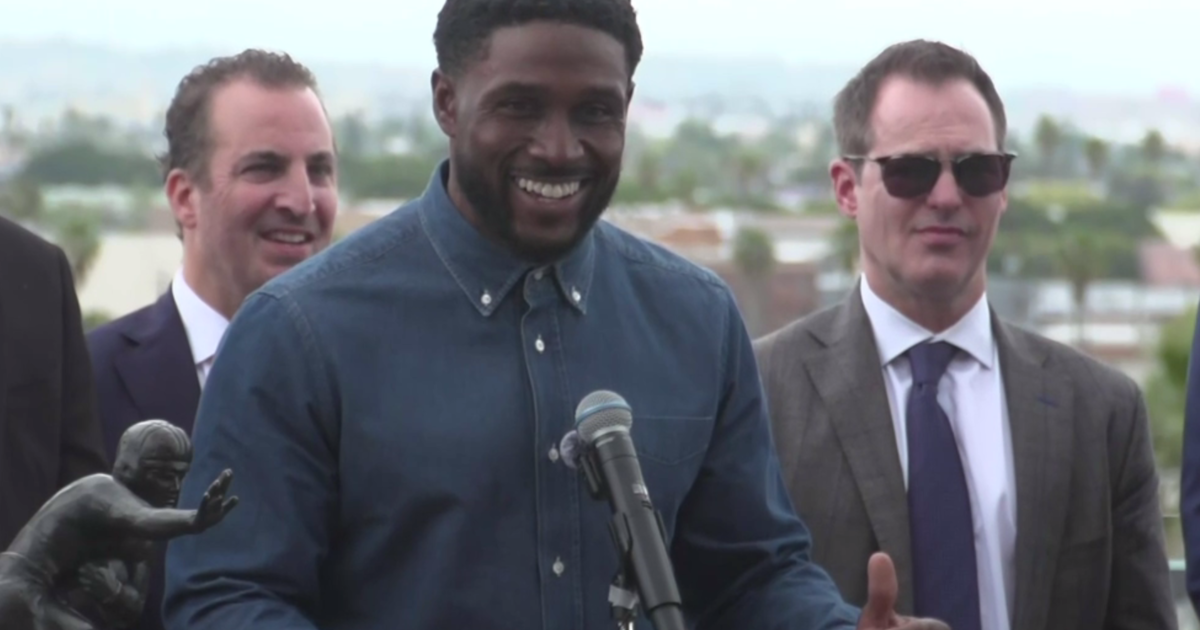Harvard's admission process is notoriously tough. Here's how the affirmative action ruling may affect that.
Receiving an acceptance letter from Harvard University is seen as the American golden ticket — official entry into a college that has produced eight U.S. presidents, more billionaires and millionaires than most any other schools, and some of the world's most lauded thinkers.
Harvard is also notoriously hard to get into, with only 3.2% of last year's applicants gaining admission.
That combination of privilege and exclusivity helps explain why Harvard was at the center of the Supreme Court case that on Thursday ended affirmative action in college admissions, effectively bringing an end to the use of race-conscious policies across the nation's campuses. In writing the majority decision, Chief Justice John Roberts noted that college admissions are "zero-sum," and that by opening doors for some applicants, others are shut out.
In a statement, Harvard said it will "certainly comply" with the Supreme Court's decision, but added that "diversity and difference are essential to academic excellence." In a video statement, Harvard president-elect Claudine Gay said the decision will "change" the way it pursues diversity, but didn't disclose specifics.
The future for Harvard's admissions process may be surmised by looking at several states that have already banned the use of race in college admissions. They include some of the most populous U.S. states, including Arizona, California and Florida.
"If you consider schools like [University of California] Berkeley and UCLA, the most selective public universities in the state, they saw declines in enrollment of Black and Hispanic students almost immediately," said Nolvia Delgado, the executive director of the Kaplan Educational Foundation, which seeks to help underserved students attend college.
The Supreme Court decision "will definitely impact those numbers" at Harvard and other colleges, she added.
Aside from Harvard, the Supreme Court also ruled that the University of North Carolina, the oldest public university in the nation, also violated the Constitution by using race-conscious admissions policies. UNC said that it will "fully" comply with the decision, according to a statement from its board.
The eight states that currently ban race-conscious strategies for college admissions tend to have an overrepresentation of White and Asian students in their undergraduate population, while minority students are underrepresented, according to an analysis by the Washington Post. The analysis found that Black and Hispanic students appeared more likely to enroll at less-selective colleges after states banned affirmative action.
The ruling could impact far more than undergraduate admissions, education expert Maria Ledesma of San Jose State University told CBS San Francisco.
"Undergraduate admissions is the entry point for training future leaders," she said. "This is where we begin to train our future teachers, lawyers, doctors, etcetera. The ripple effect will go much beyond college admissions."
Harvard's "lop list"
Harvard and other elite institutions don't only look at race, of course. The first step in the admissions process is to examine an applicant's academic, athletic and extracurricular strengths, as well as letters of recommendations and a category that Roberts in his decision called "overall," which includes an applicant's race.
By the end of Harvard's decision process, its admissions staff must winnow down its list of strong applicants — a process called the "lop list." Staffers only see four bits of information about students on the lop list: Legacy status, recruited athlete status, financial aid eligibility and race, the decision noted.
Race was a strong reason that a "significant percentage" of Black and Hispanic students on the lop list received acceptances, the decision noted.
With the ruling, Harvard and other colleges may no longer be able to use race as a determinant for processes such as the "lop list," but the Supreme Court's decision also kept the door open to using race as a factor, albeit to a lesser extent, in admissions.
"[N]othing prohibits universities from considering an applicant's discussion of how race affected the applicant's life, so long as that discussion is concretely tied to a quality of character or unique ability that the particular applicant can contribute to the university," Roberts wrote.
New strategies
Some colleges had been anticipating the Supreme Court's decision and were working on strategies in case affirmative action would be struck down, Delgado of the Kaplan Foundation said.
"I know firsthand, some of our partner institutions, like Smith and Brown and Yale, are working to engage students from other sources, not just students that are coming from high school," Delgado said. "[They are] partnering with community based organizations, and have done a phenomenal job at considering the student holistically."
Those colleges have also been working on their transfer process, which could help them draw more diverse students who switch schools after their freshman year, she noted.
Similar approaches were used by Berkeley in recent years, after its Black enrollment dropped following California's ban on affirmative action. The university's Office of Undergraduate Admissions changed its outreach to recruit more underrepresented applicants, such as Black and Hispanic students, as well as first-generation and lower-income applicants. Berkeley officials also talk with counselors at high schools, community colleges and other institutions to help them understand the admissions process, according to the school.
Even so, Berkeley's freshman class in 2020 was about 4% Black, compared with 53% Asian and 30% White. In Harvard's most recent round of admissions, about 15% of students were Black.
Some critics point to other preferences in admissions that give a leg up to other types of candidates: Children of graduates, also called "legacies," as well as those from wealthy families. In essence, they argue, such policies are affirmative action for the rich and well-connected — topics that weren't part of today's Supreme Court case.
And these strategies, which are legal, certainly help some types of applicants: A 2019 economic study found that recruited athletes, legacies, children of faculty and staff and kids of wealthy donors represented 43% of White admitted students at Harvard.
Sanvi Bangalore contributed to this report.



